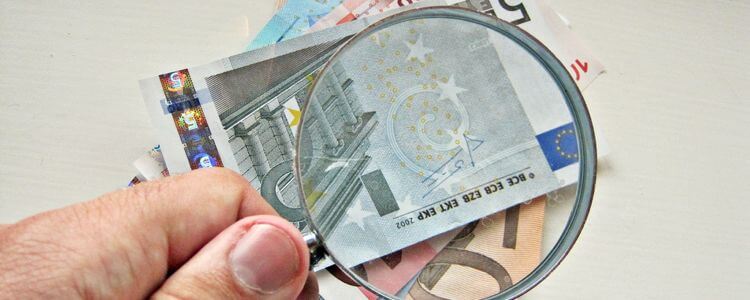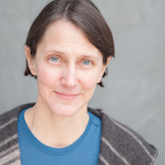EU VAT Changes, January 2015
- Jan 1, 2015 | Gail Cole

Beginning January 1, 2015, the sourcing rules of VAT rates for cross-border sales of digital services are changing due to an amendment to the EU VAT Directive. The new policy affects all EU businesses supplying digital services to consumers (private individuals) in the single market zone. Business to Business (B2B) sales are not affected by the changes.
Changes to the sourcing rules impact which country’s value added tax rate applies to sales of digital services to European Union consumers; these changes do not affect US or other non-EU providers, as they have been operating under these rules since 2003.
Digital services
Three categories of digital services are affected by the changes:
- Electronic services: These include downloads of music or films; online gaming; subscriptions for electronic journals, membership clubs and dating services; e-books; and cloud-based and SaaS software, email and similar services.
- Broadcast services: These include territorial cable, satellite or internet-based broadcasts of televisions or radio programming.
- Telecoms services: These include voice and data services.
B2C VAT rate changes
Prior to the change, VAT rates were based on the location of the supplier. Under this basis, for example, a German supplier selling to consumers across the EU collected the German VAT at 19% on all transactions and reported and remitted the collected VAT to the German authorities.
Effective 2015, the rate is instead based on the location of the EU consumer--the country in which the consumer is ordinarily resident. That same German supplier therefore now has to collect VAT at the rate of wherever the consumer is located.
This is big. Instead of collecting one VAT rate for all transactions and submitting VAT to the home taxing authority, EU sellers have to calculate and collect at multiple rates. To support the correct determination of each customer’s country of residency, reporting businesses need to capture and retain several pieces of information for each transaction.
Furthermore, many non-EU suppliers of digital services have located themselves in jurisdictions with favorable VAT rates. Some of the biggest digital service providers are headquartered in Luxembourg, which has allowed them to charge consumers across Europe the reduced Luxembourg rate of 15%. The B2C VAT change taking effect January 1 forces these providers—which include Amazon Kindle, Skype, Netflix and Microsoft—to charge the appropriate national VAT rate of their customer. And standard EU VAT rates vary widely – from 15% to 27% in Luxembourg and Hungary, respectively.
New VAT Reporting Regime: Mini One-Stop-Shops (MOSS)
To simplify reporting for the new destination-based sourcing requirements, EU sellers will now be able to complete a single quarterly report through Mini One-Stop-Shops (MOSS) online portals rather than through each individual EU Member State.
US and other non-EU suppliers that previously reported through VAT on E-Services Scheme (VoES) will be switched to MOSS and must report to a single country of their choice. Non-EU suppliers already having a non-resident EU VAT registration or permanent establishment somewhere in the EU must elect to report through the MOSS of the country concerned.
All 28 states are participating in the EU 2015 VAT Directive, and as of today, all offer VAT registration via their MOSS.
The purpose of the 2015 changes is to ensure fairer competition and create a more level playing field for businesses lacking the capital to relocate to a lower-tax Member State. In addition, the changes should ensure fairer distribution of tax revenue among Member States. It is therefore in states’ best interest to facilitate compliance.
Additional information about the 2015 EU Vat Changes is available at VATLive.
Do you sell globally? Automate VAT simplify global indirect tax filing. Learn more.
photo credit: Images_of_Money via photopin cc

